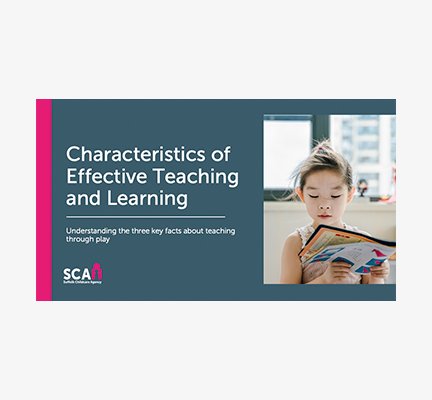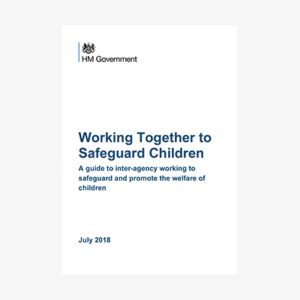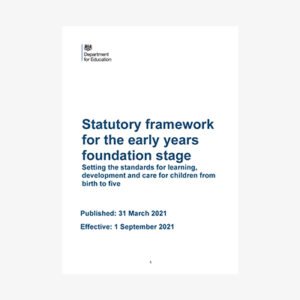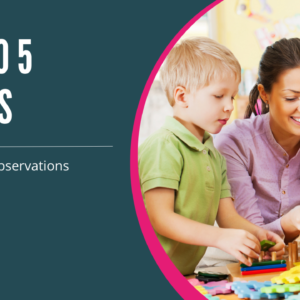Characteristics of Effective Teaching and Learning
£10.00
Characteristics of Effective Teaching and Learning focus on engagement, motivation, and challenge. Effective teaching encourages curiosity and active participation. It provides opportunities for children to explore and experiment. Teachers build strong relationships with children, fostering trust and confidence. They use a variety of teaching methods to suit individual learning styles. Effective learning happens when children are interested, engaged, and challenged at the right level. Teachers observe and assess children’s progress, adapting teaching to meet their needs. The environment should be stimulating, supporting independence and creativity. These characteristics ensure children are prepared for future learning and development in a meaningful way.
Characteristics of Effective Teaching and Learning in the Early Years
The Characteristics of Effective Teaching and Learning support how children explore, think, and stay engaged in early education.
These characteristics underpin how children develop skills and learn across all areas of the Early Years Foundation Stage (EYFS).
Understanding and promoting these traits improves outcomes and nurtures independent, motivated learners.
Playing and Exploring
Playing and exploring involves active engagement with the world. Children investigate, take risks, and enjoy hands-on experiences.
Practitioners encourage curiosity by offering open-ended resources, freedom of choice, and flexible environments.
Children thrive when given space to test ideas and make independent decisions.
This freedom builds confidence and a positive attitude towards learning.
Active Learning
Active learning helps children stay motivated. They concentrate, persist, and keep trying when facing challenges.
Children develop resilience by completing tasks and solving problems through repeated effort.
Early years settings offer time, encouragement, and meaningful praise to support persistence.
Active learners understand that mistakes offer opportunities for growth and improvement.
Creating and Thinking Critically
Children think critically when they plan, test, and evaluate their ideas. They solve problems and make links between concepts.
Practitioners support this by asking open questions and encouraging reflection on choices.
Thinking critically helps children understand consequences and build logic over time.
This ability plays a vital role in literacy, maths, and expressive arts development.
What to Look Out For
Observe children’s choices. Are they making decisions, solving problems, and showing pride in their efforts?
Watch how children respond to difficulties. Do they try again, change their approach, or ask for help?
Ensure environments allow for exploration, movement, and creative thinking without rigid structure.
Provide varied resources that stimulate curiosity, creativity, and resilience.
Conclusion
The Characteristics of Effective Teaching and Learning guide how children grow, explore, and stay engaged throughout their learning journey.
Practitioners who embrace these characteristics create positive, meaningful, and lasting learning experiences for every child.





